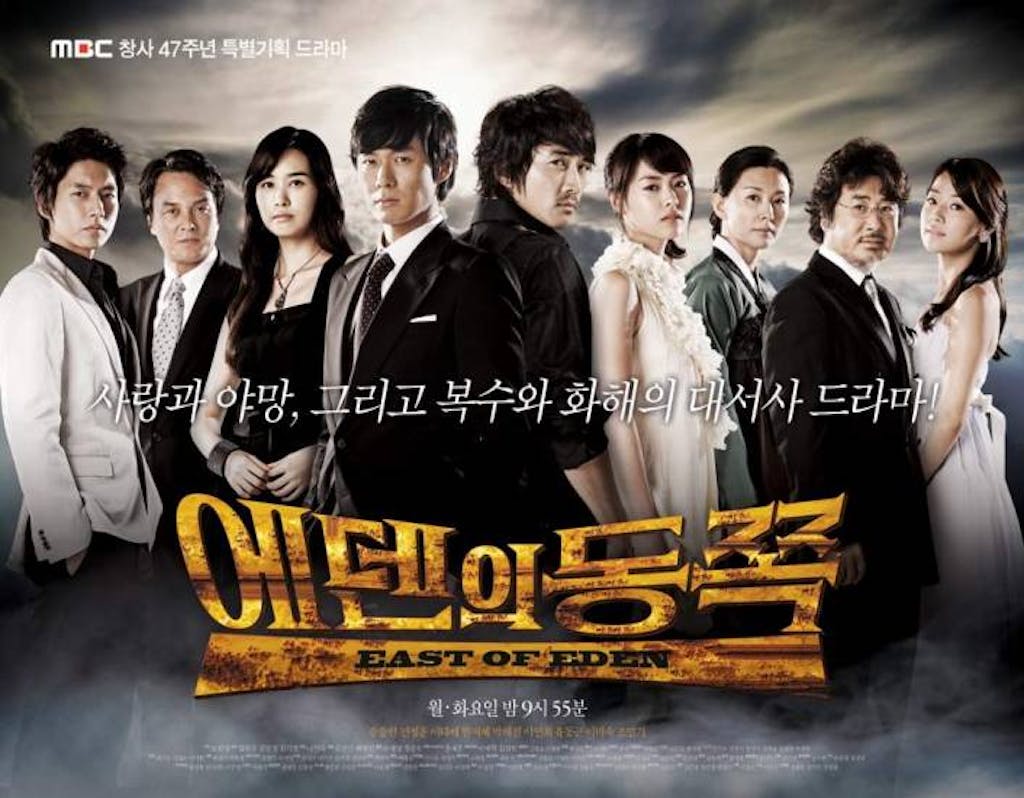When I first started watching Korean dramas in the mid-2000s, I thought they were always sixteen episodes. Then I slowly discovered different genres tended to have different run times. For example, the standard romantic comedies I was watching were usually sixteen episodes like “Dream High” (excluding the special). Once I discovered melodramas, I learned they could be anywhere from twenty to fifty episodes— possibly more. Sageuks were usually fifty-plus, and weekend dramas (shows that air twice on the weekend) and daily dramas could be over a hundred episodes!

My mind was blown by all the different formats and lengths, so I decided to give them all a try. I tried melodramas like “East of Eden,” sageuks like “The Slave Hunter,” and weekend and dailies (also known as sitcoms) like “High Kick 2”. I quickly realized my attention span could barely handle melodramas and sageuks over twenty plus episodes (unless they were extremely eventful). And sitcoms were impossible for me to get through.
But it’s not just me. There’s an obvious trend.

If you look at the Korean dramas that gain popularity overseas, especially in the U.S., it becomes apparent Western audiences favor romances and thrillers that are able to tell their stories in sixteen to twenty-plus episodes. “Crash Landing On You,” “Goblin,” “Flower of Evil,” “It’s Okay To Not Be Okay,” and even classics like “The Heirs” and “Boys Over Flowers” are excellent examples. Saeguks and Melodramas come next, but my personal experience and streaming data show that Korean sitcoms aren’t widely known by Western audiences. Now, I’m not saying no one in the states or other Western countries has heard of “High Kick 2,” “Bravo, My Life,” “It’s Beautiful Now,” or “Young Lady and Gentleman”. Some of them have substantial fan bases. But so far, sitcoms/family dramas don’t usually become household names among people who watch Korean dramas in Western countries.

Why? Well, there are a number of factors. I’ll use the U.S. as a specific example since that’s where I live. I think a lot of people prefer a faster pace. When a drama has fifty or a hundred episodes, it’s hard for something exciting to happen in every episode. Sure, maybe some longer dramas have pulled it off, but for the most part, there are bound to be slower story arcs and more filler scenes when you’ve got that much time to fill.
Another reason might be cultural nuances. A lot of sitcoms are about the day-to-day things families in Korea face, so some of the cultural nuances that aren’t usually in romances may get lost in translation. Last, but not least, are the streaming services themselves. Buying twelve or sixteen episodes of a drama is bound to be cheaper than one hundred and twenty. I think that, plus supply and demand, is why you don’t even see a lot of sitcoms on streaming services. Fortunately, KOCOWA is different and has a variety of sitcoms and family dramas in case you want to see what you’ve been missing.
In conclusion, trends have shown that shorter Korean dramas are what get popular overseas whereas longer sitcoms or family dramas remain beloved by Korean audiences. Again, if you feel like you’re missing out on great dramas (like I sometimes do because of my attention span), check out our collection of both on KOCOWA.







